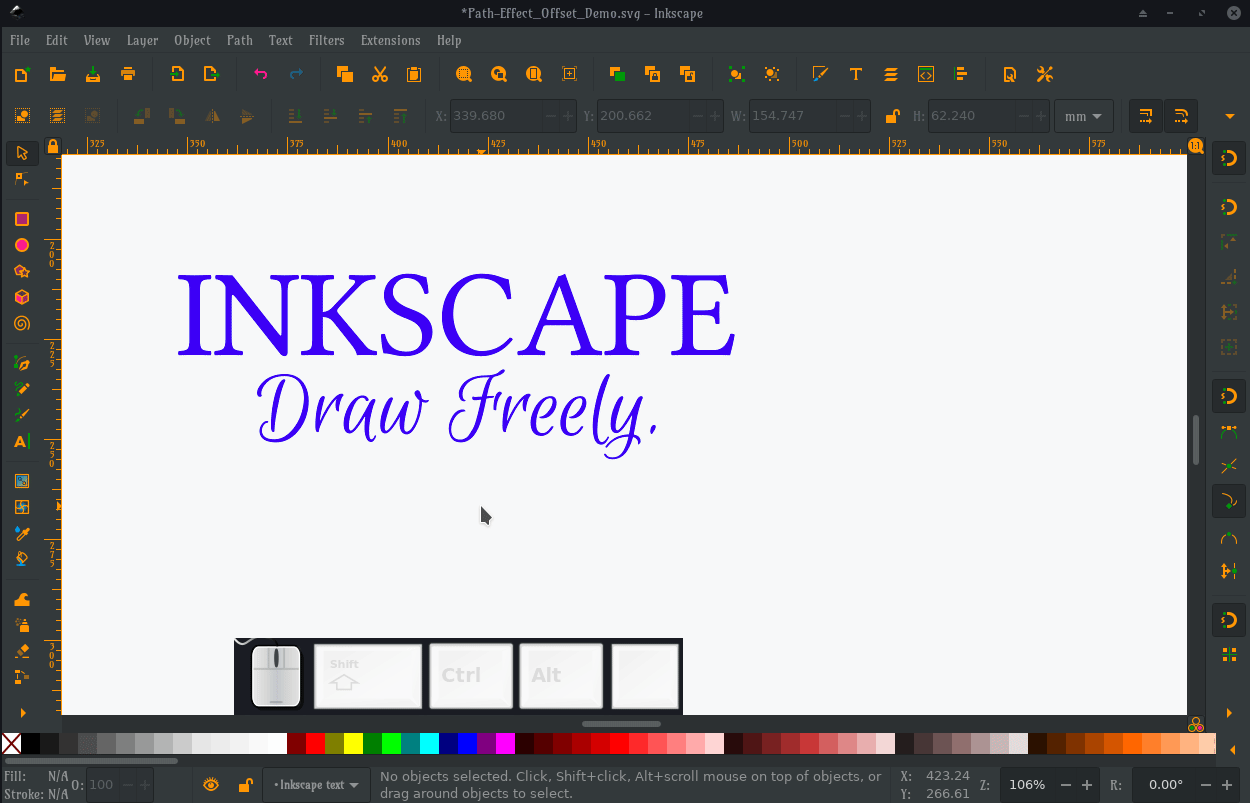
assuming the id in your extension was _extension: Inkscape can be called from the command line and the extension can be run using this interface. as the identifier for the verbs interface so your extension can be run from the command line.as an identifier in the config file so the most recently used parameter values are stored and recalled each time the extension is run.When you define your extension you will have and tags at the top of the INX file. Description (not a parameter, provides static text)įor a detailed description of all parameters and input controls, see INX Parameters.There are several types of parameters that can be requested by the INX description: When the user fills in text and presses Apply, it will pass -string1="text" to the script. Specify the script file to be run with the tag.įor example, if you have described a string parameter with name string1 in the INX file, Inkscape will present a textbox to the user. Each parameter will be passed to the script as -paramname=paramvalue. Inkscape will prompt the user with a UI to fill out these parameters before the extension is called. The INX file describes which parameters the extension needs. See INX extension descriptor format for help creating an INX file. mark dialog window text for translation.

list all parameters and their types (to generate an input dialog window).define the script file and other dependencies.See the inkscape share directory for examples. In order for Inkscape to make use of an external script or program, you must describe that script to Inkscape using an INX file. Send error text to the error output and help the user.

Inkscape org full#

It is important for a script author to understand how Inkscape and scripts communicate. While all of these are very similar in the scripting interface, there are slight differences between them.


 0 kommentar(er)
0 kommentar(er)
